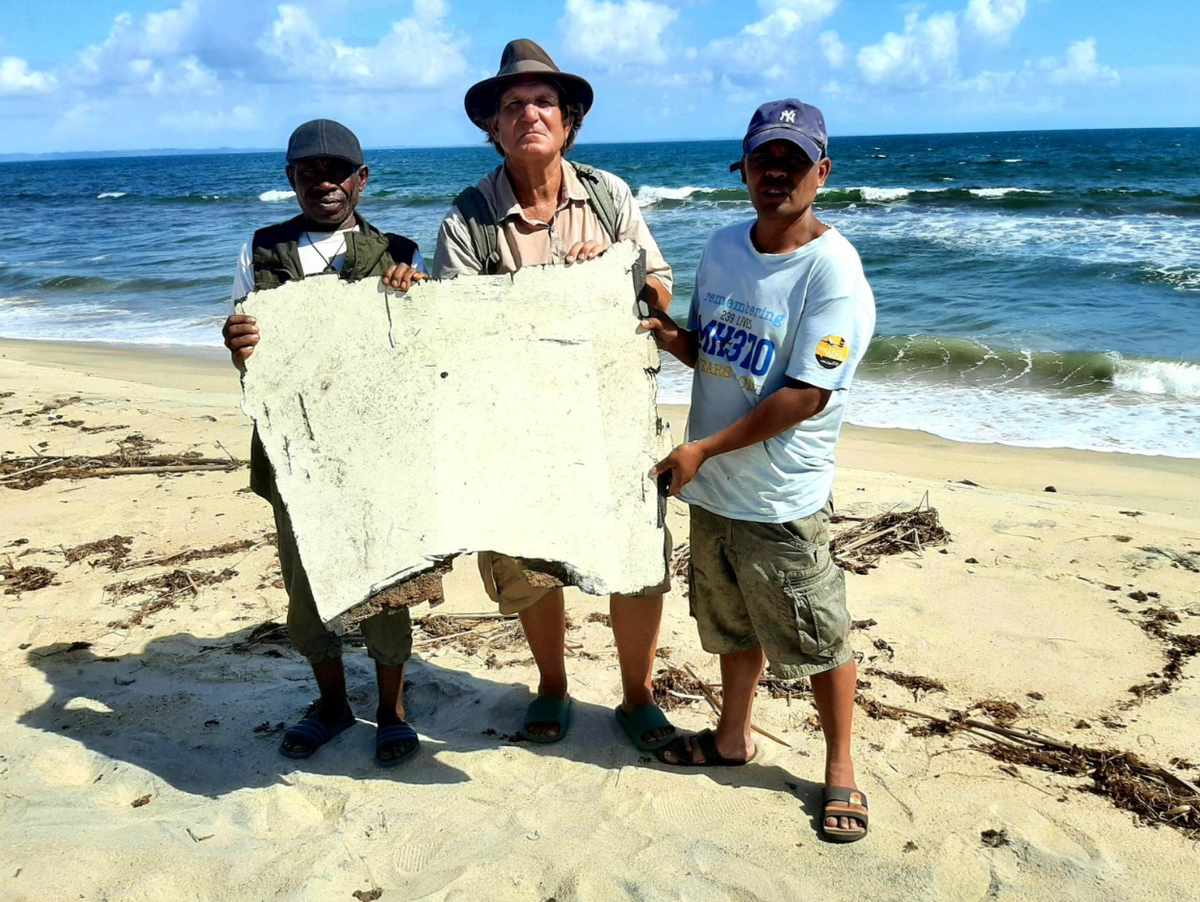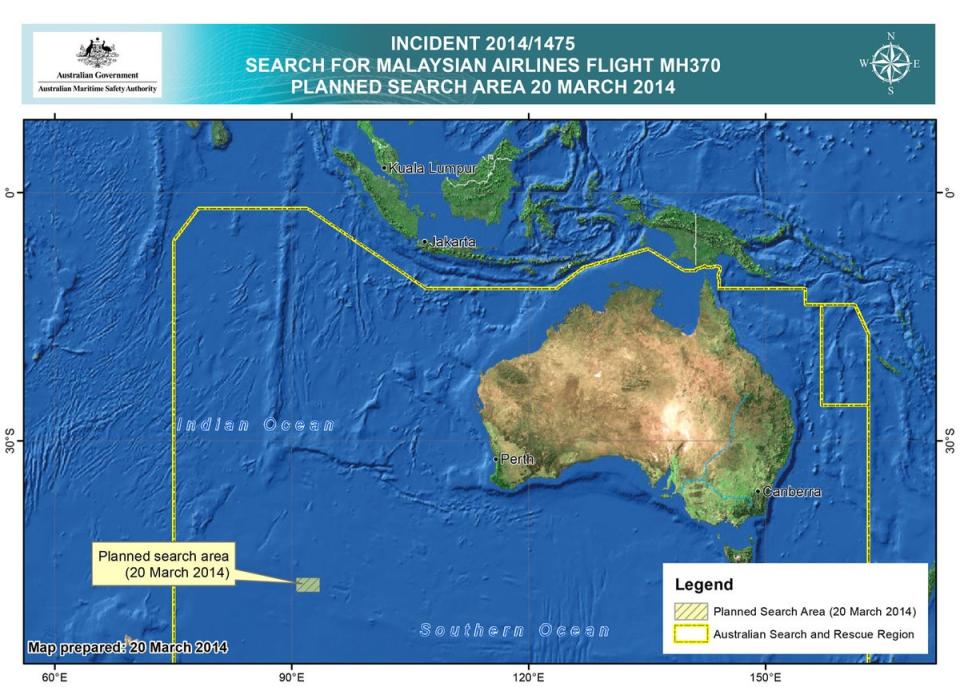Barnacles could hold key to mystery of missing Malaysian Airlines plane MH370

Scientists believe that barnacles could reveal the final resting place of missing Malaysian Airlines MH370.
The fate of flight MH370 became one of the world’s greatest mysteries when it vanished en route from Kuala Lumpur to Beijing on March 8, 2014, with 227 passengers and 12 crew on board.
Barnacle-encrusted debris confirmed or believed to be from the missing aircraft has washed up along the African coast and on islands in the Indian Ocean and marine biologists believe they can trace it back to the crash site.
Barnacles grow their shells daily with the temperature of the water altering their chemistry. This data can be then used to determine where the crustacean was on any given day.
A multi-million dollar search of an area known as the “The Seventh Arc”, where investigators believe the aircraft glided to after running out of fuel, has so far thrown up no results.

But analysis from French scientists suggests the plane may have drifted further south in the Indian Ocean, into waters that were around 2°C warmer.
Dr Gregor Herbert, Associate Professor from the University of South Florida, said: “The [debris] was covered in barnacles and as soon as I saw that, I immediately began sending emails to the search investigators because I knew the geochemistry of their shells could provide clues to the crash location.
“Sadly, the largest and oldest barnacles have not yet been made available for research, but with this study, we’ve proven this method can be applied to a barnacle that colonised on the debris shortly after the crash to reconstruct a complete drift path back to the crash origin.”
Dr Herbert added: “No one can do any work on the larger barnacles until the French change their minds, but our publication lays a clear pathway for what needs to be done and why it should work.
“Our drift modelling method is first to show how we can find the most likely drift pathway from all the temperatures recorded by a hitchhiking barnacle during its journey on a piece of debris.”

Nassar Al-Qattan, a recent USF geochemistry doctoral graduate who helped analyse the geochemistry of the barnacles, said: “Knowing the tragic story behind the mystery motivated everyone involved in this project to get the data and have this work published.
“The plane disappeared more than nine years ago, and we all worked aiming to introduce a new approach to help resume the search, suspended in January 2017, which might help bring some closure to [the families] of those on the missing plane.”
The research was published in the journal AGU Advances.
Malaysian investigators previously drew no conclusion about what happened aboard the flight, but did not rule out the possibility that the aircraft had been deliberately taken off course.
A door was discovered at the home of a fisherman in Madagascar, who found the barnacle-encrusted part washed up on the shore of the Antsiraka Peninsula South Beach in March 2017 in the wake of tropical storm Fernando.
The fisherman did not know what it was and said his wife used it as a washing board.
Since the crash, in which the plane and its passengers vanished without a trace, 33 pieces of floating debris have been found.


